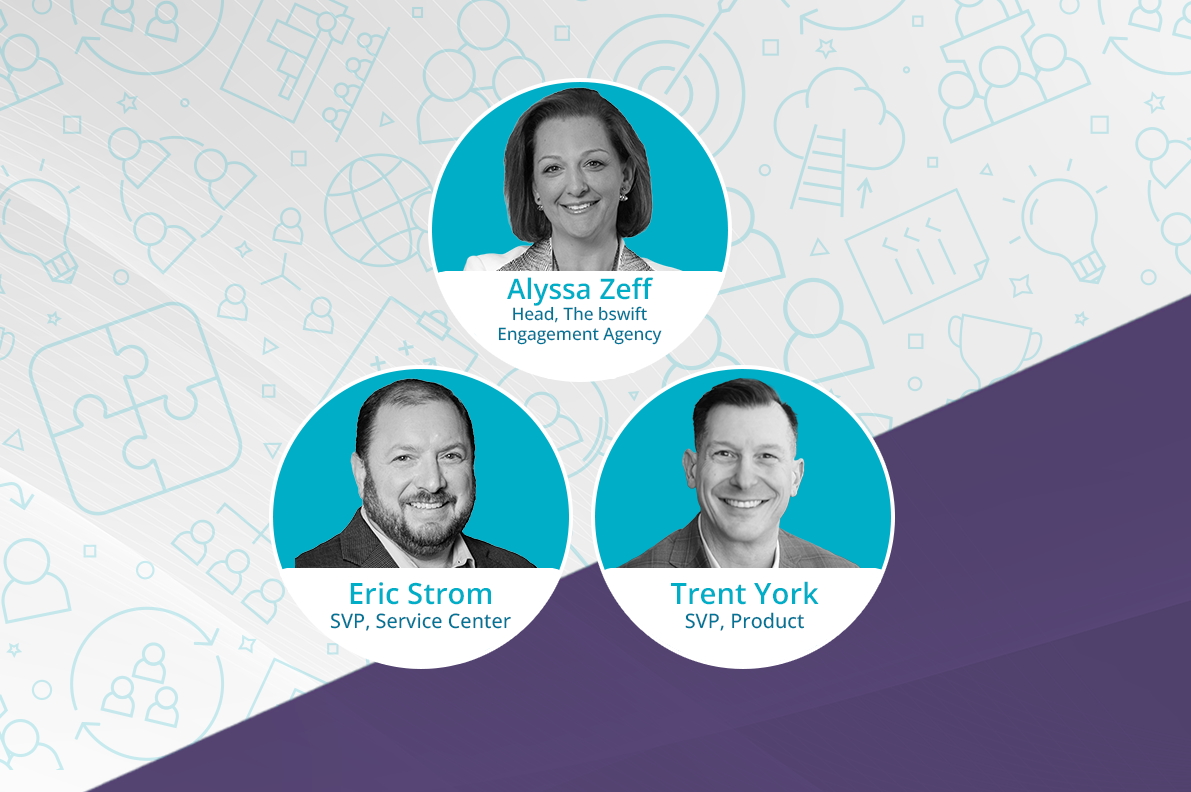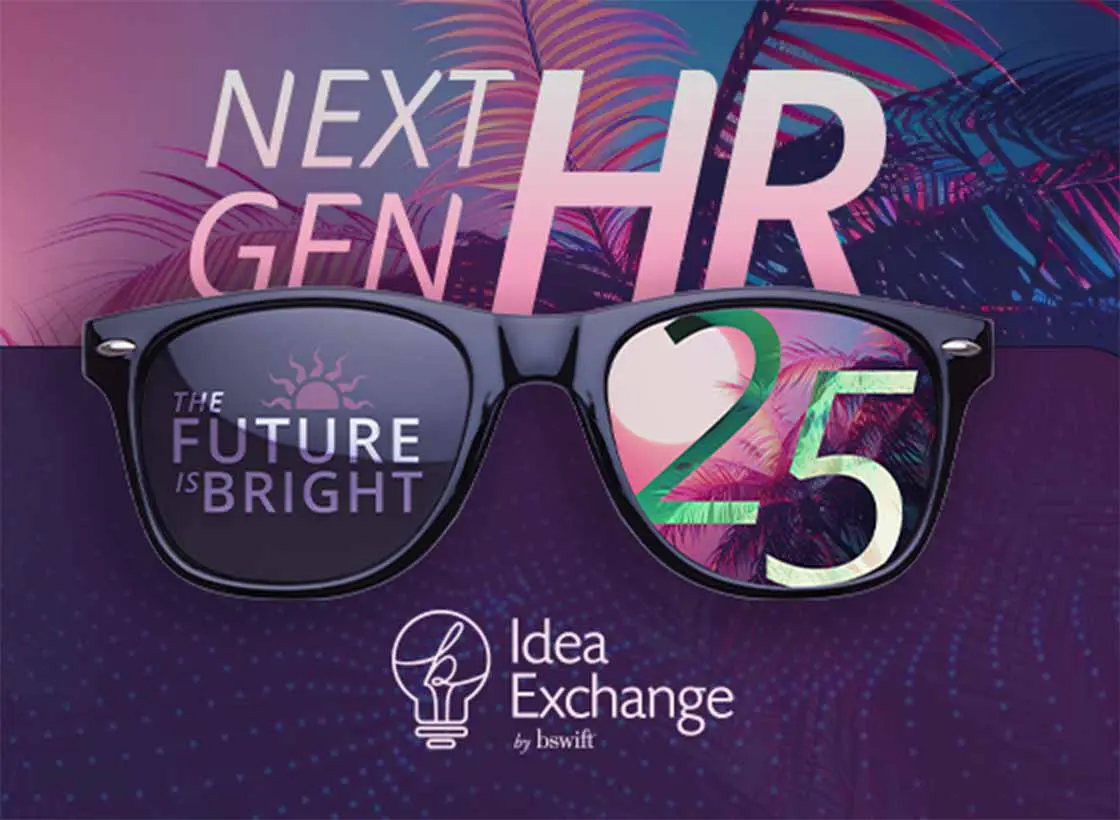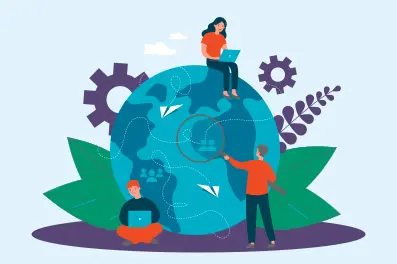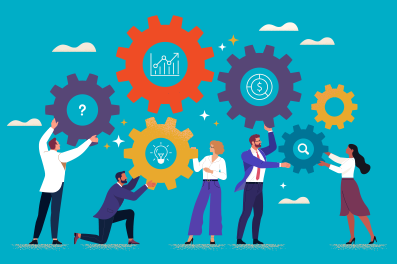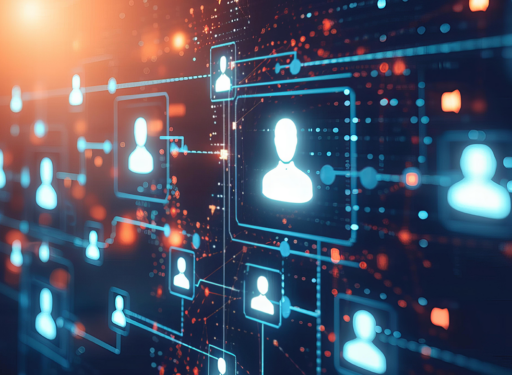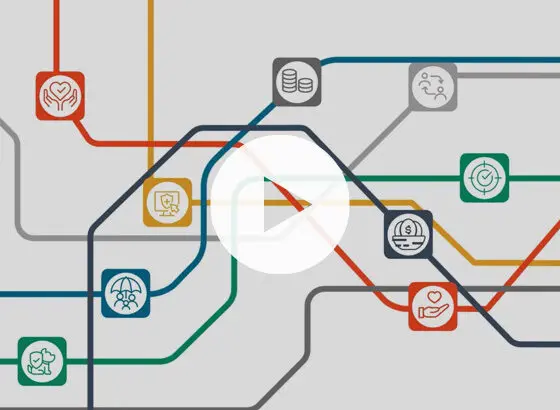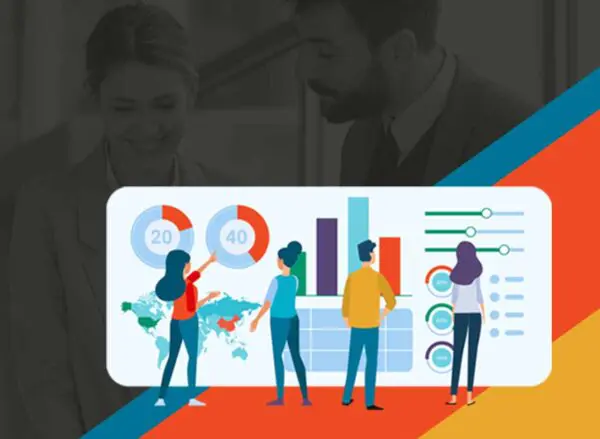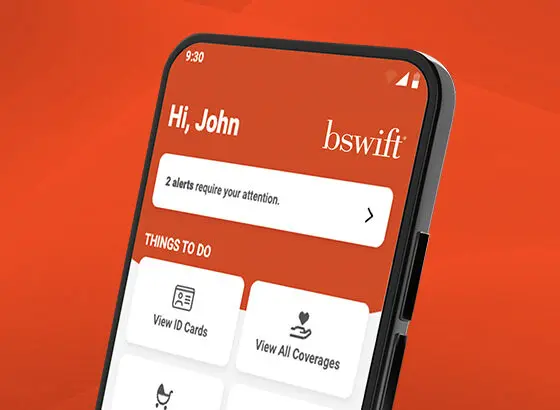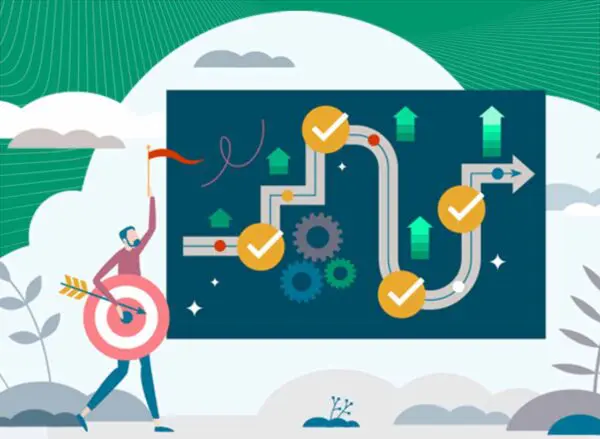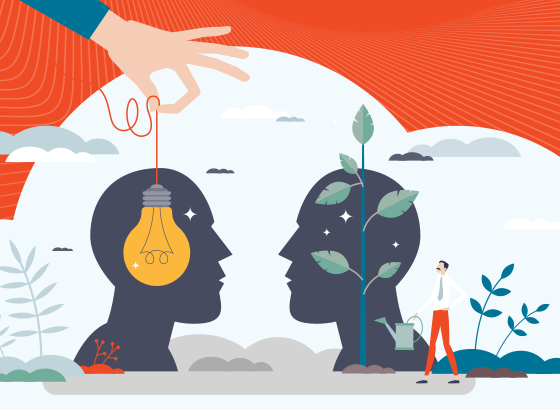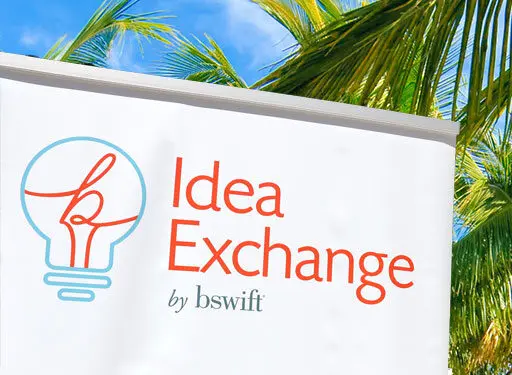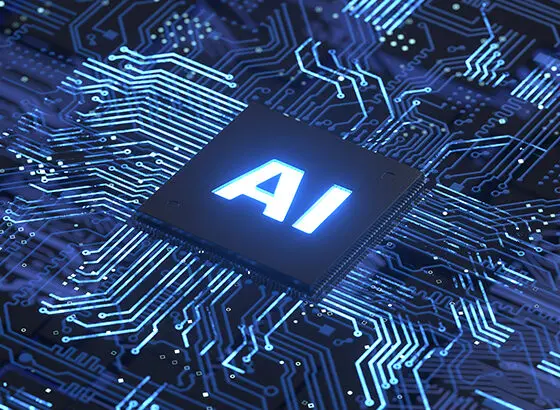Designed for People. Defined by Transparency. Built on Trust.
AI is everywhere in HR right now. Every conference, every panel, every software demo — it’s the headline act. And if you’re in charge of benefits, you’re already feeling the squeeze. Your CEO wants to know when you’ll “bring in AI.” Your peers are experimenting. Even employees are starting to ask, “When will this get easier?”
But here’s the thing: The hype doesn’t erase the risk. When you bring AI into sensitive spaces like healthcare and benefits, the stakes are sky-high. A wrong recommendation isn’t just an inconvenience — it could put a family in jeopardy. A privacy misstep isn’t just trust broken — it’s tomorrow’s headline.
That’s why, from the very start, we anchored our approach to AI in a core philosophy that we call Mindful AI®.
At its heart, Mindful AI is about getting technology out of the way, so people can do what they do best: Make informed judgments, have real conversations, and live their lives without benefits becoming another source of stress.
From hype to high-stakes: Why AI in benefits needs guardrails
AI adoption in HR isn’t theoretical. It’s already happening. A Forrester study found that 65% of HR leaders are using AI today, and another 60% plan to adopt it within two years.
The catch? Nearly 75% worry they’ll use it the wrong way.
That’s the real risk. It’s not hesitancy. It’s rushing forward without safeguards.
Mindful AI is the safety net. It keeps innovation exciting without letting it get reckless. It’s the difference between experimenting with the latest tool and making sure employees still trust the system that’s supposed to support them.
So the real questions are: Are you confident in how you’re implementing AI for benefits? And are you confident in how your partners are using it?
Because AI can go wrong quickly. We’ve all seen it: Chatbots spitting out wrong answers, models pulling data they shouldn’t, recommendations that can’t be explained. When that happens in benefits, the impact is personal.
How we’re putting AI to work across the benefits experience
Emma™ Intelligence is the AI layer that’s woven across the entire bswift benefits experience.
- Emma Chat answers employee questions 24/7, trained on each employer’s specific benefits plans — not generic internet data.
- Emma EnrollPro™ helps people choose a health plan with confidence, weighing plan details against personal circumstances.
- Emma AdminPro™ gives HR leaders instant dashboards from plain-language questions like “Show me HDHP adoption trends.”
- Emma Agent Assistant supports service reps with real-time context, so they resolve calls faster and more personally.
Every one of those examples is useful. But every one also comes with risk:
- Risk that AI replaces human judgment instead of supporting it.
- Risk that sensitive data leaks outside the system.
- Risk that a recommendation can’t be explained.
- Risk that today’s model won’t adapt to tomorrow’s needs.
Those risks are why we anchored Emma — and every AI decision we make — in Mindful AI.
The principles of Mindful AI: Our North Star
Mindful AI is about putting people first. And our decisions about AI are filtered through that lens.
- Augment, don’t replace.
AI should give people breathing room, not push them aside. Our goal is to take routine work off the table so HR leaders, service reps, and employees can focus on what humans do best — listening, guiding, solving. - Privacy by default.
Employees trust us with sensitive information. That trust is non-negotiable. Our models run inside bswift, not on external systems. Data never flows back to “big tech.” And when we use third-party partners, they don’t get to keep or train on your data. - Explainable and defensible.
If you can’t explain why an AI system produced a certain answer, you can’t defend it. That’s why every use case is reviewed by a governance committee of senior leaders and experts. If we can’t explain it, we don’t ship it. - Flexible for the future.
AI is evolving fast. We design for agility so we can deliver accuracy today and adapt to tomorrow without breaking trust along the way.
What governance looks like when it’s done for people, not policy
“Governance” can sound like bureaucracy. But here’s what it really means in practice:
- No hidden agendas. Your data isn’t being sold. Period.
- Transparency. You’ll always know how AI works and what data it’s using.
- Reliability. Models are tested for bias, not just efficiency.
- Feedback loops. We listen to HR leaders and employees and fold that feedback back into the system.
This isn’t governance for governance’s sake. It’s governance that lets you innovate without gambling on your people’s trust.
Why philosophy matters more than features in HR tech
It’s tempting to look at AI through the lens of features. Can it answer questions? Generate dashboards? Recommend plans? But those features only matter if the philosophy behind them is sound.
Mindful AI is that philosophy. It’s the difference between using AI because you can and using AI because it truly improves people’s lives.
Mindful AI is how trust in benefits survives AI
The benefits world is complicated enough. The last thing employees need is another black box.
That’s why we practice Mindful AI. It’s not a slogan — it’s a commitment:
- Human-first design
- Privacy by default
- Transparency over shortcuts
- Flexibility for the future
So yes, AI is here to stay. The real question is whether you’ll adopt it in a way that builds trust or erodes it. Mindful AI is how we make sure it’s the former.
Glossary: Essential AI Terms HR Pros Should Know
AI is everywhere, and sometimes it feels like a whole new language dropped on us out of nowhere. Here are a few key terms to know, especially if you’re cut through the buzzwords in the HR tech landscape.
- Artificial Intelligence (AI) is a wide-ranging branch of computer science concerned with building machines capable of performing tasks that typically require human intelligence.
- Generative AI models (GenAI) are algorithms that use machine learning techniques to produce new content, such as text or images, based on patterns learned from existing data.
- Large language models (LLMs) are algorithms which utilize large datasets to summarize, recognize, predict, and translate content.
- Machine Learning (ML) aims to teach a machine how to perform a specific task and provide accurate results by identifying patterns.





